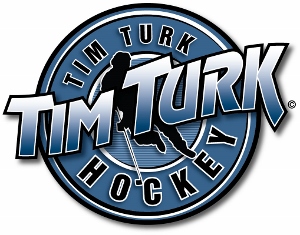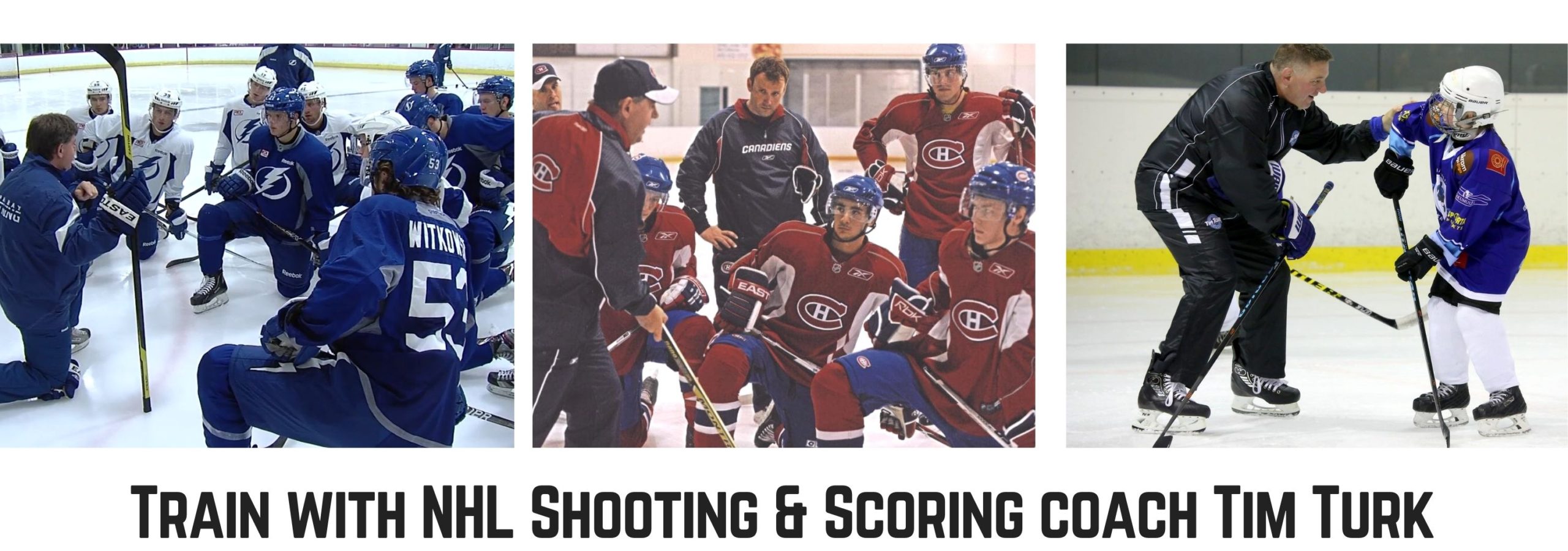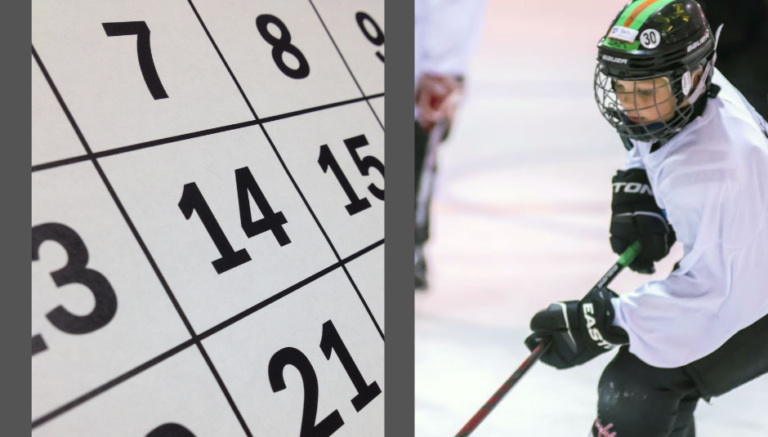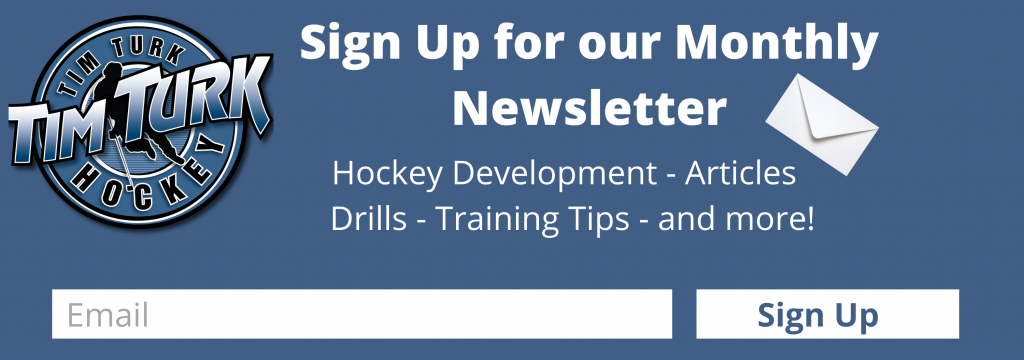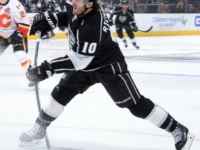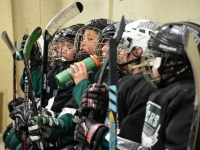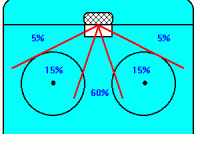Offseason Rest: How much Downtime Should Youth Hockey Players Have?
Hockey is a sport that attracts some of the most passionate players, fans, and parents. It is a fast-paced, exciting sport with plenty of action and a flair for the dramatic. If you’ve ever watched the NHL playoffs, you can see why so many fans are disappointed once the season is over, even if their team happened to win it all.
When it comes to youth hockey, things aren’t much different. Children who play the sport are often in love with the game and would do everything they could to play it every day. The thrill of an overtime victory can bring such great emotions that the entire team will want to play another game the very next night. Parents may even join in on the excitement, encouraging their kids to play as much hockey as possible. It is important not to go overboard and know when a youth hockey player needs to take a break. But what is the right amount of rest to have during the offseason? The answer is different depending on the level of player, but everyone needs to take some time away to recover and train other muscles.
Mites and Squirts (Novice and Atom)
The youngest hockey players are still developing at a rapid pace and should spend the most time away from the ice during the offseason. A one week hockey camp is fine, but because they are still young, it may be best to get them playing other sports that will help them train new muscles and improve their hand-eye coordination. Keep in mind, too, that they are children, and variety is important in order to keep them entertained and prevent burnout. It’s also good from the perspective that they will constantly be learning new things.
For the youngest players, being off the ice for a few months over the summer will help them to come back with high levels of excitement, feel refreshed and ready to get back into the grind of the season. If they played other sports such as basketball and baseball over the summer, they will still be in shape and will have learned some new athletic skills that may translate to an improved hockey game.
Peewee
Pee Wee players are a little older and may be starting to take the game a little more seriously. They may express the desire to play competitively all year long. While this level of passion can be fun, it is important to keep in mind that they too can become burnt out, and that they should develop other hobbies and play other sports to continue to improve their athleticism.
Pee Wee players don’t have to sit out the entire summer, however. There are many different skills camps and clinics in which they can participate to help stay in hockey shape without overdoing it. It’s still a good idea to take at least a few weeks to a month off from hockey completely, and then to slowly ramp back up into the game with these camps and leagues. In their downtime, they can participate in other intramural sports and training programs.
Bantam
Many Bantam players are excellent hockey players, and they are really starting to exhibit some impressive skills and feats of strength. The level of competition continues to increase at this level, and some kids are starting to take the game more seriously than their parents could have ever imagined. This competitive attitude is great for development, but it can lead to obsession and overtraining. While Bantam players can handle longer seasons and even play more during the offseason, they still need to get the proper amount of rest in order to prevent burnout or injury.
Bantam players that want to continue to play can do so with a short second season over the summer, but they should make sure that it ends at least 2 weeks before their next major season begins. The summer leagues are often a little bit more laid back, consisting of fewer games, so they are a great opportunity to work on honing specific skillsets and learning the strategies and nuances of the game. After these leagues are over, though, the players should put down all the hockey gear for a few weeks and take a breather. They can still participate in other sports – in fact it is recommended – but it is vital to take some time off to get their mind and body ready again for the regular season.
Conclusion
Many kids are devastated when the hockey is season is over, and they want to do everything that they can to continue to play throughout the year. While their excitement and passion for hockey is understandable, it is important to teach them the value of moderation and help them diversify their interests and activities. Explain to them that even their favorite professional players have other interests outside of the world of hockey. Make sure they understand that downtime is just as important as practice and scrimmage.
There is no set amount of downtime that is perfect for every single kid, but parents can play a major role in helping them figure out just how long they should stay off the ice. Too much play can lead to injury and burnout, even for the most skilled and passionate of young hockey players. Encourage your kid to take on new interests. They don’t all have to be athletic, either. It is good to stay active for physical health, but it is also important to focus on education and other activities to help your child have a well-rounded life. When he or she develops other interests to pass the time, they will be even more excited to strap the skates back on and get back on the ice.
